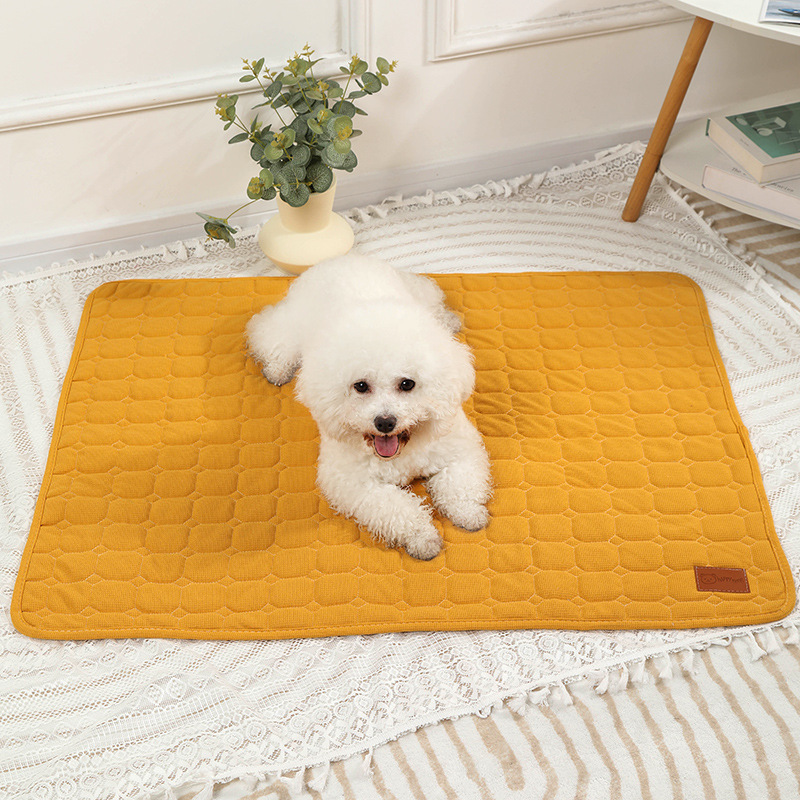
Experts Say: Harnesses vs. Collars for Walking Dogs – Which is Safer?
Walking your dog is an essential part of their overall well-being, but many dog owners underestimate the importance of choosing the right equipment for this activity. The debate between harnesses and collars has been ongoing for years, with advocates on both sides claiming their preferred option is the safest. In this blog post, we will dive deep into the world of dog walking gear and explore the merits of harnesses and collars. Our aim is to provide you with the information you need to make an informed decision that prioritizes your dog’s safety and comfort. Experts Say: Harnesses vs. Collars for Walking Dogs – Which is Safer?
Understanding Harnesses
Let’s start by defining what a dog harness is and the different types available. A harness is a piece of equipment that wraps around your dog’s chest and back, distributing the pressure evenly across their body. There are various types of harnesses, including back-clip, front-clip, and no-pull harnesses. Each harness serves a specific purpose, catering to different needs and behaviors.
One of the key benefits of using a harness for walking dogs is the even distribution of pressure. Unlike collars, which place the strain on the neck, harnesses allow the force to be spread across the dog’s chest and back. This reduces the risk of injury, particularly for dogs with respiratory or neck problems. Harnesses also provide better control, minimizing the risk of your dog pulling or slipping out of their collar.
Examining Collars
While harnesses offer undeniable benefits, it’s essential to understand the potential risks associated with using collars for walking dogs. Collars are commonly used as identification devices and for leash attachment; however, they can pose hazards, especially when used improperly. Collars that exert pressure on the neck can cause damage to the trachea or neck vertebrae, leading to long-term health issues.
The impact of collar usage on a dog’s neck and breathing should not be overlooked. The continuous strain from pulling or sudden jerks can hinder your dog’s ability to breathe properly, especially in short-nosed breeds. It’s crucial to assess your dog’s individual needs and physical characteristics to determine if a collar is the right choice.
Safety Considerations
When deciding between harnesses and collars, several factors should be taken into consideration. First and foremost, evaluate your dog’s breed, size, and behavior. Different breeds may require different walking gear due to their varying body structures and predisposition to certain health issues. Small or brachycephalic dogs, for example, may benefit more from harnesses. Additionally, consider your dog’s behavior during walks. If they tend to pull excessively or display aggression, a harness with a front-clip or no-pull feature may provide better control.
Proper fit and adjustment of the chosen equipment are paramount. Ill-fitting harnesses or collars can cause discomfort, reduce effectiveness, and even lead to accidents. Always follow the manufacturer’s guidelines for sizing and adjust the straps to ensure a secure but comfortable fit. Regularly inspect the gear for signs of wear or damage to ensure ongoing safety during walks.
Expert Opinions
To better understand the safety and effectiveness of harnesses and collars, it’s crucial to consider the viewpoints of experts. Veterinarians, as trusted professionals in animal health, can provide valuable insights into the benefits and risks associated with each option. Professional dog trainers, with their extensive experience in behavior modification, can offer advice on the most suitable gear based on your dog’s training needs. Additionally, seeking the perspectives of experienced dog owners who have firsthand experience with both harnesses and collars can provide valuable insights from a practical standpoint.
Keep up with the latest trends and developments by visiting our Trending article regularly. And checkout amazing pet products for your furry friend here.
Conclusion
In conclusion, choosing the right equipment for walking your dog is a decision that should not be taken lightly. Harnesses and collars each have their advantages and potential drawbacks. By understanding the benefits and risks associated with both options, evaluating your dog’s specific needs, and seeking expert opinions, you can make an informed decision that prioritizes your furry friend’s safety and comfort.
Remember, a comfortable dog is a happy dog, and a happy dog makes for a more enjoyable walk. So, take the time to assess your dog’s needs, consider their breed and behavior, and choose the gear that will provide them with the safest and most comfortable walking experience possible. Keep your dog’s well-being at the forefront, and you’ll be rewarded with many happy walks together.
Note: Always consult with your veterinarian or professional dog trainer before making any decisions regarding your dog’s walking gear.
What are your thoughts on harnesses vs. collars? Share your experiences in the comments below!



